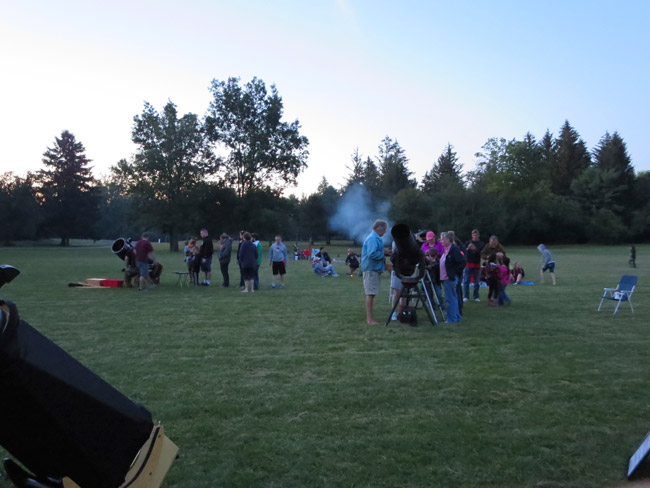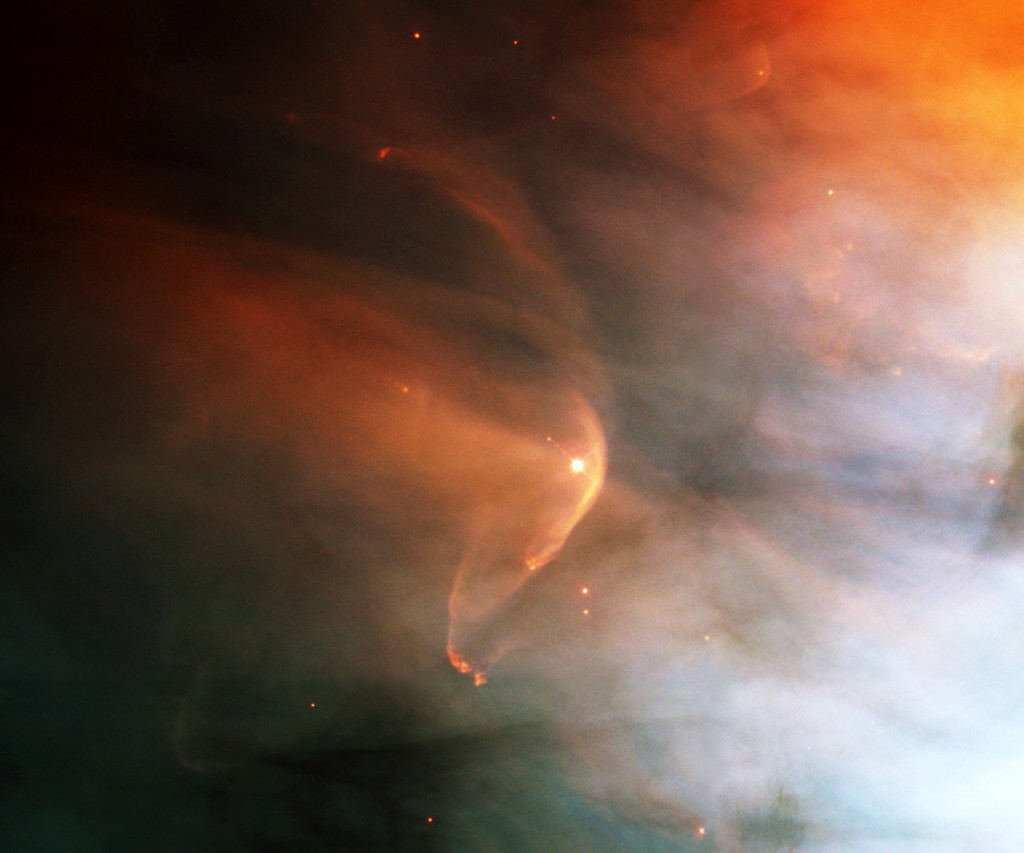Greetings fellow astrophiles,
Having a master scope builder in our own backyard has made the lives of several CNYO members very easy. Not only is Ryan Goodson a great observing partner, but he has either brought or built many of the best scopes that make their way to our library lectures, later-night school outings, county parks, North Sportsman’s Club, or his own observing base at New Moon Telescopes HQ. To that end, I’m happy to help Ryan and NMT celebrate a unique astronomical milestone this summer, having pulled off recognition in three prominent astronomy magazines.
1. Feature Article In Astronomy Technology Today
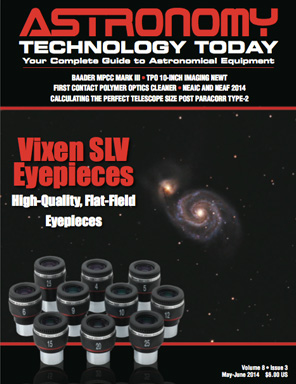 To begin, Ryan contributed a combination technical analysis/product review based on a hot topic he’s been pondering from the builder perspective for over a year now. The article, “Calculating The Perfect Telescope Size Post Paracorr Type-2,” is one of the feature articles in the May-June 2014 issue of Astronomy Technology Today, one of the great amateur astronomy magazines that features contributions from the broader amateur astronomy community.
To begin, Ryan contributed a combination technical analysis/product review based on a hot topic he’s been pondering from the builder perspective for over a year now. The article, “Calculating The Perfect Telescope Size Post Paracorr Type-2,” is one of the feature articles in the May-June 2014 issue of Astronomy Technology Today, one of the great amateur astronomy magazines that features contributions from the broader amateur astronomy community.
For those who missed their chance to pick up a copy at Barnes & Noble this year (the only place around here that we now carries it), ATT and their editor Gary Parkerson have allowed CNYO to reproduce the article in PDF format for your reading pleasure.
Download The ATT Article HERE
Several of us in CNYO are subscribers to ATT (I ripped this PDF from my subscription) and we encourage you to geek-out bimonthly to product reviews and expert opinions from real users in our community. From the article:
Calculating the Perfect Telescope Size Post Paracorr Type-2
And the perfect telescope size is…?
The perfect telescope size is… It’s a line that invites critique and insight from every corner of the astronomical community. Having built a number of telescopes for clients all over the U.S., I have called three of my New Moon Telescopes my own: a 12.5-inch f/4.9, a 16-inch f/4.5, and a 27-inch f/3.9. Outside of those three Dobsonian-style telescopes, I have also owned various refractors and binoculars and a large arsenal of eyepieces. But since I build Dobsonians-style telescopes (okay, “Dobs”) for a living, however, I will limit my opinion to that particular style. My opinion of the perfect Dob size has changed over the years as my observing habits have also evolved.
2. A NEAF Shout-Out In Sky & Telescope Magazine
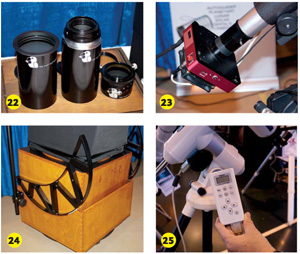 NMT had a great showing at the Northeast Astronomy Forum (NEAF) this past year (and several of us stopped by the booth looking for free samples). In their own coverage of event highlights, the venerable Sky & Telescope Magazine (also worth your considered subscription – their list and coverage of important astronomical events is certainly one of the best ways to know what the month holds for amateur astronomers the world over) focused in on NMT’s new aluminum bearing design. Kudos to John Giroux for spotting the bearings first.
NMT had a great showing at the Northeast Astronomy Forum (NEAF) this past year (and several of us stopped by the booth looking for free samples). In their own coverage of event highlights, the venerable Sky & Telescope Magazine (also worth your considered subscription – their list and coverage of important astronomical events is certainly one of the best ways to know what the month holds for amateur astronomers the world over) focused in on NMT’s new aluminum bearing design. Kudos to John Giroux for spotting the bearings first.
A snippet from the August 2014 issue is shown at right. Their brief write-up of the bearing design is reproduced below:
24. www.newmoontelescopes.com New Moon Telescopes had a great display of its custom mid- and large-aperture Dobso- nians. Of special note were the company’s new lightweight-aluminum altitude bearings with a textured powder coating that produced just the right amount of “stiction” for a Dob mount.
3. Star Product Designation From Astronomy Magazine!
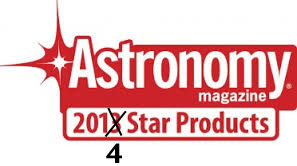 To soon be announced in the September issue of Astronomy Magazine, NMT’s 12.5 f/5 Dobsonian telescope has been selected as a Best-Of by the other venerable oracle of events and celestial highlights. An excellent notch in Ryan’s belt that several of us already knew all about. As a shameless plug, I’m the proud owner of the first NMT production model, a 12.5″ f/5ish Dob known affectionately as Ruby (for the red MoonLite focuser). Now over 3 years and many, many observing sessions in, I’ve yet to want for another telescope. Not even interested.
To soon be announced in the September issue of Astronomy Magazine, NMT’s 12.5 f/5 Dobsonian telescope has been selected as a Best-Of by the other venerable oracle of events and celestial highlights. An excellent notch in Ryan’s belt that several of us already knew all about. As a shameless plug, I’m the proud owner of the first NMT production model, a 12.5″ f/5ish Dob known affectionately as Ruby (for the red MoonLite focuser). Now over 3 years and many, many observing sessions in, I’ve yet to want for another telescope. Not even interested.
Stay tuned for more press when the official publication comes out. In the meantime, a hearty congrats to Ryan (and Heather and Lily!) and NMT on the astronomical trifecta!

